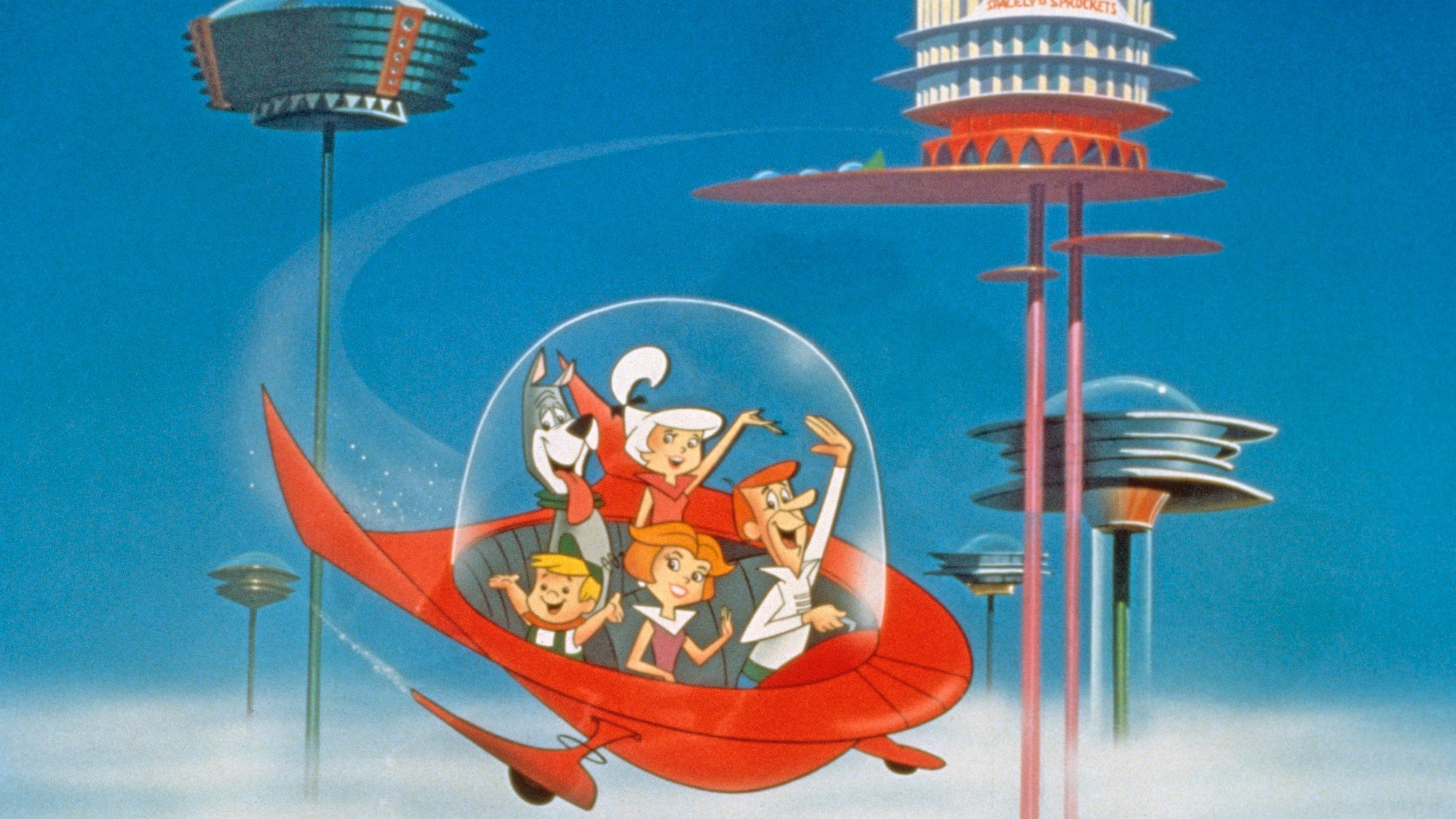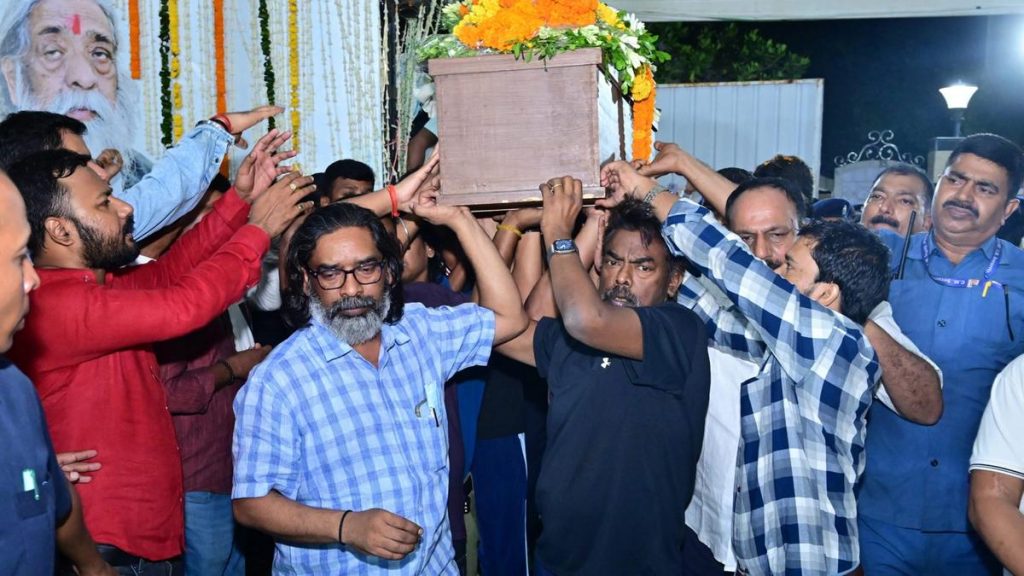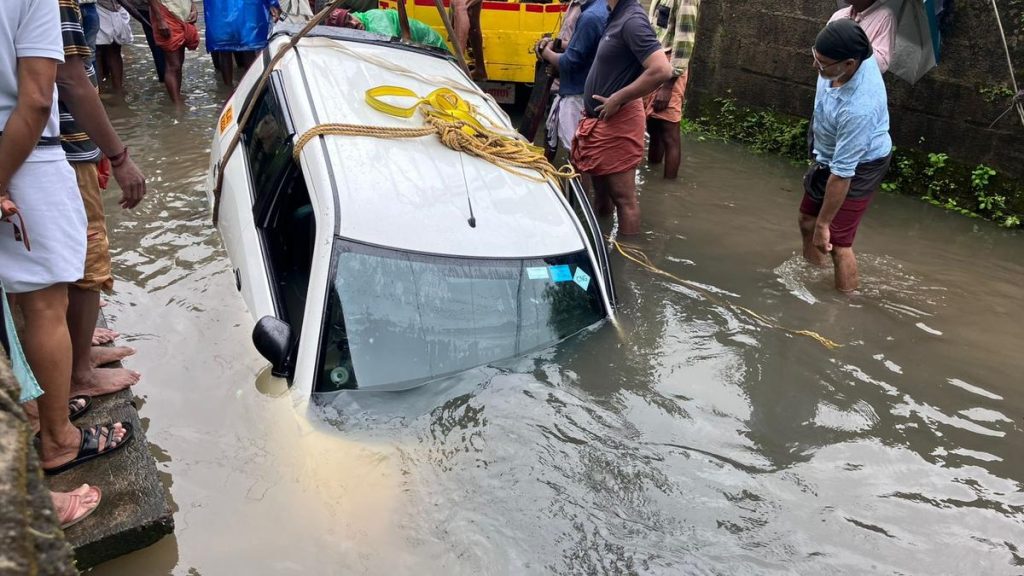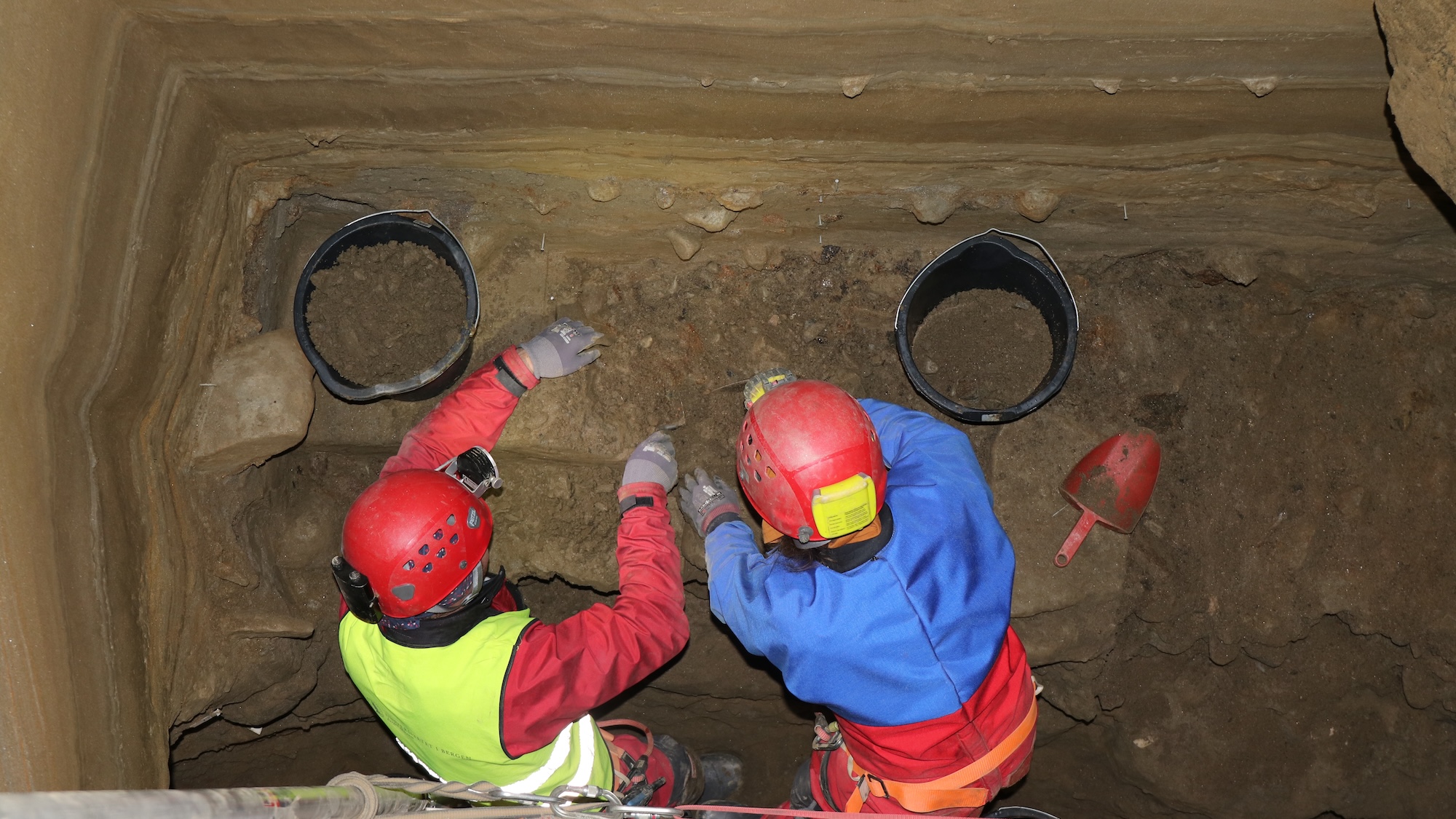Now Reading: Researchers Unveil Prototype Robot Inspired by Rosey from ‘The Jetsons
-
01
Researchers Unveil Prototype Robot Inspired by Rosey from ‘The Jetsons
Researchers Unveil Prototype Robot Inspired by Rosey from ‘The Jetsons

Fast Summary
- Researchers at Suzhou Industrial Park Institute of Vocational technology and Xi’an Jiaotong-Liverpool University (China) have developed a prototype autonomous household robot.
- The robot features six components: depth camera, movable chassis, robotic arms, flexible grippers, lifting platform, and a digital display screen. It uses a three-wheeled system for mobility.
- Equipped with depth perception cameras (YOLOv11 system) and 2D Lidar sensors for mapping its surroundings, the robot can navigate spaces pre-mapped digitally. while it avoids large furniture and children autonomously,grocery store runs remain impractical due to environmental mapping limitations.
- Tasks performed include picking up toys and household objects like handbags, books, bowls, etc., with precision using human-like flexible grippers made from soft materials. Speech recognition allows basic voice commands interaction from users (e.g., “turn left”).
- Published results appeared in the journal Robot Learning, emphasizing early-stage development for multifunctional household robots over single-task models such as vacuum cleaners.
Images included:
- A fictional Jetsons’ Rosey the Robot comparison (Warner Bros., Getty Images).
- Current prototype design by Bingjie Xu et al., showing navigation features (Suzhou Industrial park Institute & Xi’an jiaotong-Liverpool University).
- Maquette of sci-fi humanoid assistant model auctioned (MARK RALSTON/AFP/Getty Images).
Indian Opinion Analysis
The prototype represents a critically important advancement in multifunctional robotics designed specifically for households-a notable step beyond highly specialized devices like automated vacuum cleaners dominating current markets globally. for India-where domestic labor costs are relatively lower than many industrial nations-the submission of such technology may face challenges regarding scalability or cost-benefit justification without significant price reductions or technological improvements.
Though, the underlying advancements in object recognition systems (YOLOv11), Lidar mapping sensors coupled with speech recognition technologies could provide transferable benefits across broader automated sectors including manufacturing or logistics-a growing focus area under initiatives like ‘Make in India.’ As global innovation progresses rapidly toward accessible robotics solutions suited to daily life functions alongside resource-light engineering designs (3D printed arms instead of metal-heavy builds), India’s adoption patterns might hinge on affordability combined with ease-integration features tailored uniquely towards local home environments.
Nonetheless proceeding skeptically around speculative commercial ‘hype cycles’ observed within competing companies abroad ensures prudent expectations management locally-based evaluations robustness comparison insights transcend one-off trends videos publicity optics launch-roll-out reliably robust achievement incremental cycles mature milestone phases systematically bridging aspirational prototypes reality affordability envisioned true modular scalable compatibility mass-reach countries-inclusive pathway nurturing aspiring convergence ecosystem guided applied use-layer-added validation needed clear measurable seen standalone critical ROI ground metricsfuture
























